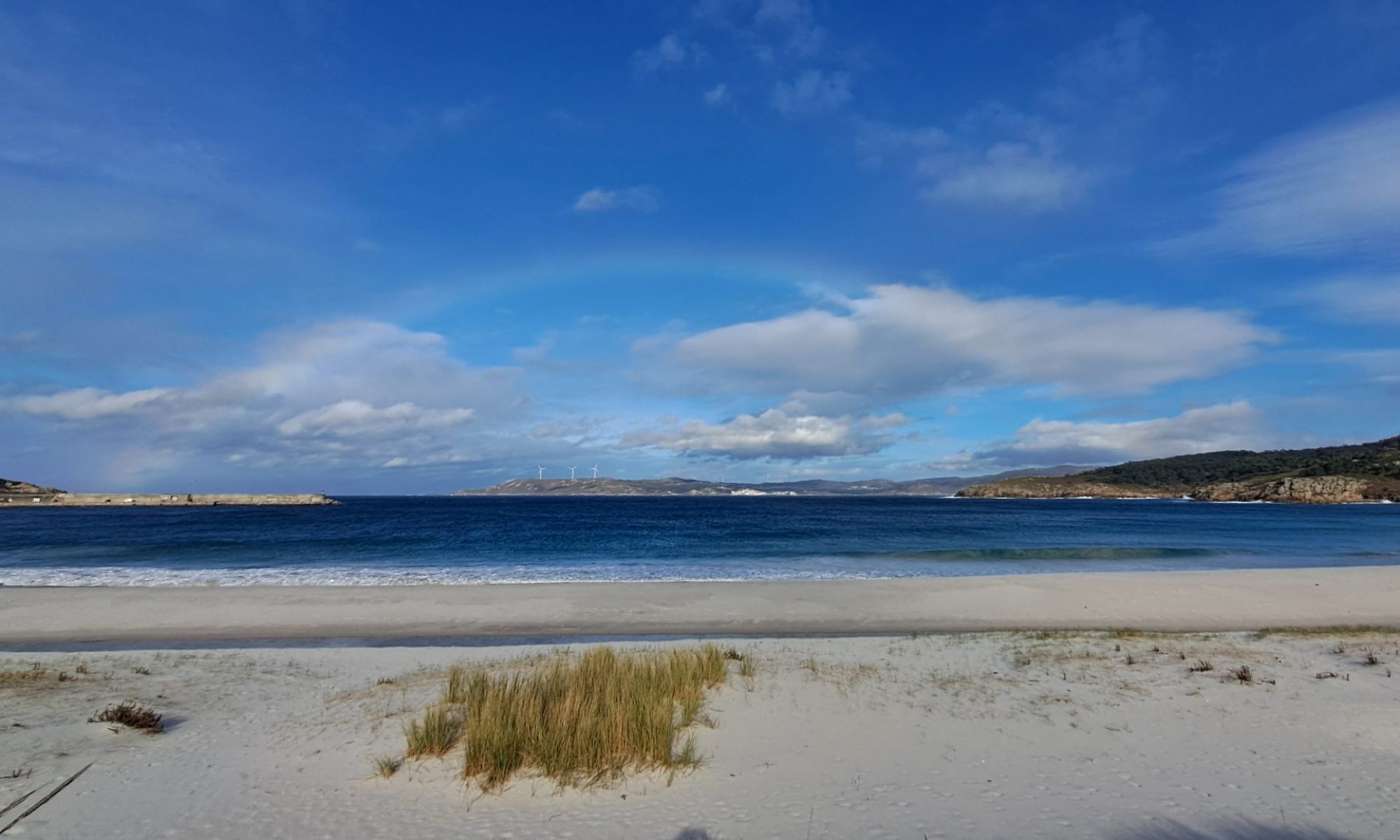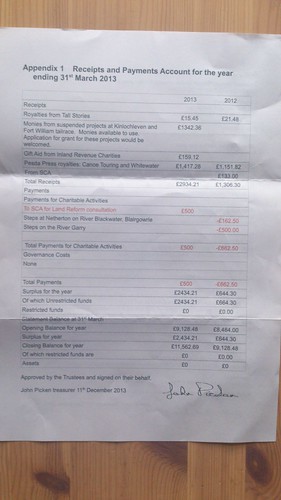I did the Canoe Polo Referee Theory Course and Exam (Grade 3/4). This is a three hour computer slide presentation taking you over the rules of the game followed by a multiple choice exam. Here’s my notes for my own use and anyone else who is interested.
The BCU Canoe Polo Rules 2013-2015 describe the rules and are mostly accurate and about as readable as they can be. They are based on the ICF rules.
A pitch is 35m x 23m or otherwise in a ratio of 3:2. Water is at least 90cm deep. 4 metres each side of the centre of the goal is the No Waiting Area, subs should stay out of this area. Goals are 1m x 1.5m x 30cm deep and 2m above the water. Marked with red/white stripes.
Ball is size 4 for ladies and junior, size 5 for open competition (these sizes seem to come from FIFA for football).
There can be 8 players on a pitch with 5 in play. A max of 10 is allowed in each team.
Officials needed are: 1st referee, 2nd referee, Timekeeper, 2nd timekeeper (for sending offs), Goal line judge x 2, scorekeeper and scruitineer. In Scotland it’s usually just 2 refs, timekeeper and a scorekeeper.
The timekeeper needs a horn, 2 timers (1 for sending off) and disciplinary forms.
1st referee has overall control, is nearer the officials table and makes any final decisions.
Referees work with lead and trailing, lead to your right so you are inline with the goal on your right if the ball might go into it so you can check it crossed the line. The trailing referee should keep an eye on the rest of play and generally won’t go past the 6 m line.
Player equipment – boats of the same colour, helmet with a guard covering the chin and holes no larger than 7cm. Bumpers should be compressable by at least 1cm with a thumb. Buoyancy aid (body protector) should be 15mm thick with side padding. Numbers should be 10cm high on front, 20cm high on back and 7.5cm on each side of the helmet.
Playing time is ideally 10mins each half with 3 min break. In Scotland Div 4 it’s 6 mins each half with minimal break.
A free throw is given to the team that did not cause the sanction, must be presented, will not have a starting whistle, must be taken with 5 seconds or being in position and can not be shot directly at goal. The ball must travel 1m horizontally. Referee points with open palm in direction of play. They are given for…
- Start infringement (e.g. two people from same team go for ball
- Sideline, corner or goal line throw
If the throw is not legal (e.g. no presentation) then the opposing team gets a free throw.
A free shot is the same as a free throw but for illegal play, it can be shot directly at goal. The referee points in direction of play. Given for…
- Obstruction/holding (touching another boat with hands, touching goalie’s boat)
- Illegal tackle (at 90 degrees, over cockpit, not in possession of ball)
- Illegal possession (holding for 5 seconds, paddling with ball on deck
- Illegal use of paddle (paddle near ball, paddle over bow in reach, paddling off opposition boat)
A goal penalty shot is given when the referee considers a goal the most likely outcome. Taken from 6m with other plays at half way.
A referee’s ball is given when two players are holding the ball for 5 seconds.
A green card is given on any dangerous or deliberate illegal play. A yellow card on 3 green cards or for any dangerous AND deliberate play, the player stays off for 2 minutes. A red card is the second yellow card and the player stays off for this game and the next. When giving a card, call time out, call the player over, show score keeper and player card. When more then 1 player has caused an offense a team card can be give, present to the captain.
The captain should wear an armband.
The referee can call play on if illegal play is observed but the team would be disadvantaged by stopping. After 1 pass the ref can change his mind on this.
The goal keeper is the player most directly under the goal and facing out towards the pitch.
On time out and any time you want to gain control of the players use a triple whistle.
To complete the course and be a qualified Grade 3 referee I need to be observed as referee and have the assessment form filled in.


